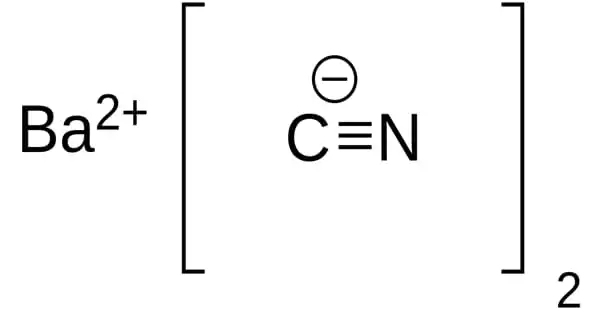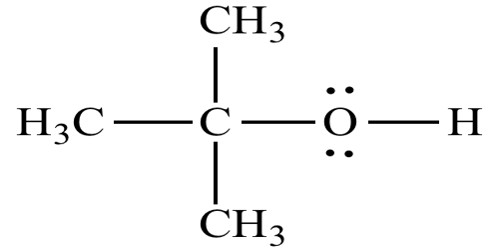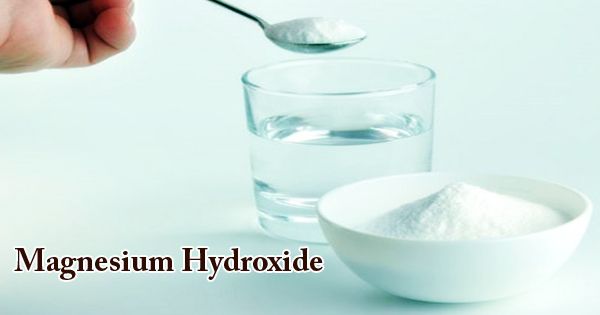Potassium lactate is a compound with formula KC3H5O3. It is the potassium salt of lactic acid and appears as a clear, hygroscopic, syrupy liquid suspension that is typically 60% solids. It is a compound that naturally occurs in various foods and is a byproduct of fermentation. The substance can be concentrated to contain up to 78% solids. It is produced by neutralizing lactic acid, which is fermented from a sugar source. It has E number E326. It has a variety of uses in food processing, pharmaceuticals, and cosmetics.
Properties
- Chemical formula: C3H5KO3
- Molar mass: 128.168
- Boiling Point: Not readily available, as potassium lactate is typically used in aqueous form.
- Melting Point: It decomposes before melting.
- Density: Approximately 1.28 g/cm³ (in its liquid form).
- Taste: In its food-grade form, it may have a mild salty or slightly sour taste, but this is not usually noticeable when used in typical concentrations.
Natural Occurrence
Potassium lactate can be derived from natural sources like fermentation of sugars (e.g., from corn or beets). It can also be obtained synthetically through the neutralization of lactic acid with potassium hydroxide (KOH).
Fermentation Process
Potassium lactate is often produced by fermenting carbohydrates using certain bacteria, such as Lactobacillus species, which convert sugars to lactic acid. This lactic acid is then neutralized with potassium hydroxide to produce potassium lactate.
Uses
Culinary uses
Potassium lactate is commonly used in meat and poultry products to extend shelf life and increase food safety, as it has a broad antimicrobial action and is effective at inhibiting most spoilage and pathogenic bacteria.
Fire fighting uses
Potassium lactate is used as an extinguishing medium in First Alert Tundra fire extinguishers.
Food Industry
- Preservative and Humectant: Potassium lactate is often used as a preservative in processed meats, dairy products, and beverages. It helps to maintain moisture, prevent spoilage, and enhance shelf life by inhibiting the growth of bacteria.
- pH Regulator: It can help regulate acidity in food products.
- Flavor Enhancer: It can contribute to the overall flavor profile of certain foods by slightly enhancing their taste.
Benefits
- Moisture Retention: It helps products retain moisture, making it valuable in skincare and food products.
- Non-toxic and Safe: Potassium lactate is considered safe for consumption and use in topical products at appropriate concentrations.
- Improved Product Texture: In food products, potassium lactate can improve texture, helping items remain moist and tender.
Safety
Potassium lactate is generally recognized as safe (GRAS) by the FDA when used in food products. However, like with any compound, it should be used within established guidelines to avoid excessive intake, particularly in sensitive populations like those with kidney issues, as excess potassium can affect kidney function.
















